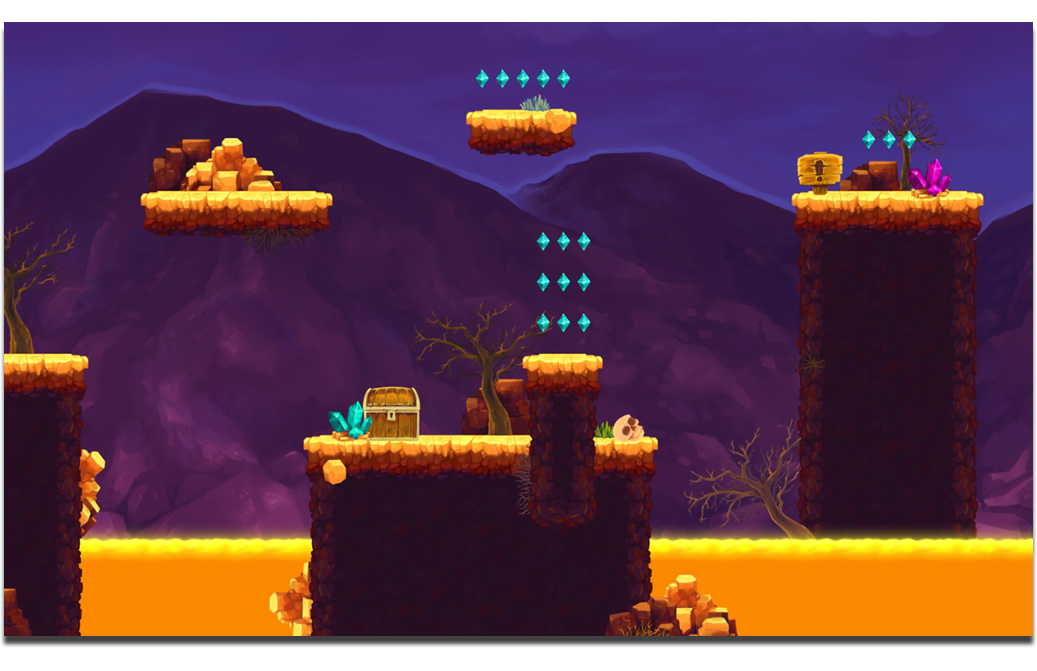Nearly every film and video today — whether a big-budget Hollywood production or a two-minute commercial — is composed of a number of individual shots edited together into the final result.
There are exceptions, of course. For example, music videos are sometimes filmed in one continuous long take. However, for the most part, video editors have to find ways to connect one shot to the next in a way that moves the story forward and guides the viewer from scene to scene. Cuts and transitions help them accomplish this.
What Are Video Transitions?
Lightworks is another free video editor which provides various video transition effects to add between video clips or images in a video project. It provides Blend, Dissolve, Luma Wipe, Masked Blend, Push, Squeeze, and Wipe types of video transitions.
Video transitions are a post-production technique used in film or video editing to connect one shot to another.
Often when a filmmaker wants to join two shots together, they use a basic cut where the first image is instantly replaced by the next.
But what if the filmmaker wants to convey a particular mood, jump between storylines, switch to another point of view, spice up the narrative, or move backward or forward in time? This is where more artistic transitions are useful.
Types of Video Transitions
In movies and television, there are a few main video transitions that are frequently used. Digital video creators often use these types of transitions as well, though they’ve got other options (more on that below.)
Fade In/Out
Video Transition Sound Effects Free Download
A fade is when the scene gradually turns to a single color — usually black or white — or when a scene gradually appears on screen. Fade-ins occur at the beginning of a film or scene, while fade-outs are at the end.
A fade to black — the most common transition type — is a dramatic transition that often symbolizes the passage of time or signifies completion. Fading to black is used to move from a dramatic or emotional scene into another scene, or to the credits at the end of a film.
Fading to white, on the other hand, can be used to create a sense of ambiguity or a sense of hope, as this montage shows.
Dissolves
A dissolve overlaps two shots or scenes, gradually transitioning from one to the other. It’s usually used at the end of one scene and the beginning of the next and can show that two narratives or scenes are linked. They can be used to show time passing, or to move from one location to another.
Quick dissolves might be used to show the scenes occur a few minutes or hours later, while a long dissolve might symbolize a longer duration of months or years between the scenes.
Dissolve transitions were a staple in Old Hollywood cinema, but they don’t get used often these days.
A slightly more advanced form of dissolve is the match dissolve, where a similarly-shaped and object will dissolve to another, such as slowly fading from a soccer ball to the moon, while matching their size and position on the screen.
Wipes
A wipe is when a shot travels from one side of the frame to the other, replacing the previous scene. Wipes are often used to transition between storylines taking place in different locations, and/or to establish tension or conflict. The original Star Wars trilogy has some great examples of wipe transitions.
Where a fade often symbolizes completion, a wipe is usually used to show that the action is unresolved.
Whip Pan
A whip pan transition is when the camera quickly pans creating a blur effect between scenes. It’s a bit similar to a wipe but tends to be much faster.
Director Paul Thomas Anderson frequently uses whip pans in his films, but they’re not always a transition from one shot to another, it’s just changing to a different angle in one shot. This type of transition is often used for comedic effect or to convey fast-paced action.

Zoom
Like a whip pan, zoom transitions can be used to convey a frenetic pace, switching quickly from one scene to the next.
In this supercut, Edgar Wright’s hectic zoom cuts create a comedic effect as Shaun goes through his mundane morning routine.
Video Transition Tips
While it can be tempting to go crazy with transitions, especially if you’re new to video making, it’s best to avoid this. Here are a few quick tips for using video transitions well.
Keep them consistent: There’s nothing more amateur than using different transitions for every scene.
Keep them subtle: Unless you’re going for a specific effect, it’s best to use transitions sparingly. Remember, most of the time, directors use basic cuts between scenes. Transitions are usually only used when they serve a storytelling purpose (and good design should go unnoticed.)
- Keep the meaning of each transition type in mind: While you can have some fun with transitions, as Edgar Wright did with his toothbrushing zoom cuts, it’s best to bear in mind what different transitions symbolize and use them only where appropriate. For example, as fade to black is a dramatic transition that signifies completion, it would be odd to use it between two scenes that take place in the same time and space.
Transitions are a valuable tool for video creators, helping to move the story along, convey a mood or tone to viewers, and set the stage for the next scene. Different transitions have different meanings and symbolism, so they should be used thoughtfully and should always serve the story.
If you’re ready to get started, Biteable makes it easy to add creative transitions to your videos, with a wide variety of free and premium footage and effects. Try it out today!
Video Transition Effects Free Download For Windows Movie Maker
Create your perfect video in minutes
Get started for free.
Video marketing insights delivered to your inbox weekly.
Virtual Dj Video Transition Effects Free Download
